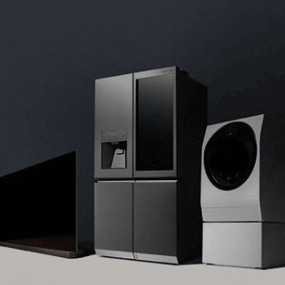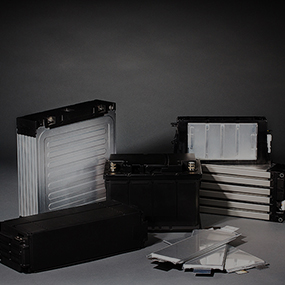LG Display’s OLED TV displays Receive "Low Blue Light Display (OLED)" Verified Mark from UL
2020.02.05SEOUL, Korea (Feb. 5, 2020) – LG Display, the world’s leading innovator of display technologies, announced today that it has received the “Low Blue Light Display (OLED)” Verified Mark from UL, a leading global safety science company, for its OLED TV displays.
The UL Mark for “Low Blue Light Display (OLED)” is given to display products when their blue light emission meets the “risk exempt” standard (100W/sr/m2) set by the International Electrotechnical Commission (IEC). LG Display’s OLED TV displays were found to emit 50% lower blue light than the standard, or about 60 percent of blue light that the same-size premium LCD TV displays on the market are reported to emit. Blue light is known to exacerbate eye fatigue and sleep disturbance.
LG Display expects that the UL Verified Mark will further underscore the value of OLED TVs and prompt consumers to be more interested in selecting them. The company will encourage its global OLED TV brands and distributors to use the Mark.
“This UL Verified Mark makes it clear that LG Display’s OLED TV displays exceed the highest international standards with regard to eye safety. These OLED displays are already touted for their unmatched picture quality and design flexibility in the market, and now we expect that OLED’s recognized value in terms of eye health will further convince consumers to opt for OLED TVs down the road,” said Dr. Chang-Ho Oh, Executive Vice President & Head of the TV Business Unit at LG Display.
“UL empowers trust by helping demonstrate how a brand and its products are responsible and worthy of consumer confidence,”," said Mirko Bautz, Vice President of Global Accounts at UL. “As a globally recognized company with deep experience and expertise in the field of test evaluation, we are excited that our methods confirmed that LG Display is delivering on their claims.”
According to market research firm IHS Markit, the global annual shipment of OLED TV displays is expected to grow to 5.4 million units in 2020, further increasing to 7.3 million units in 2021 and over 12 million units in 2023.














